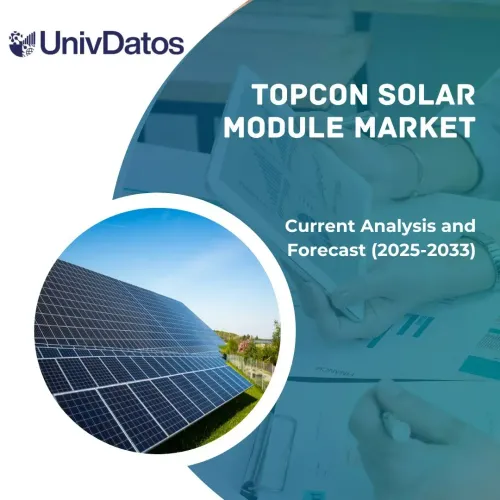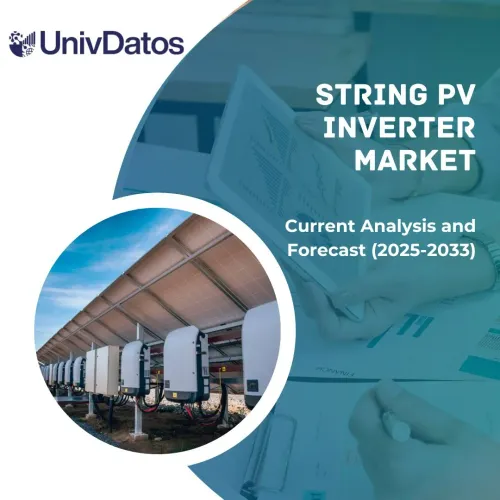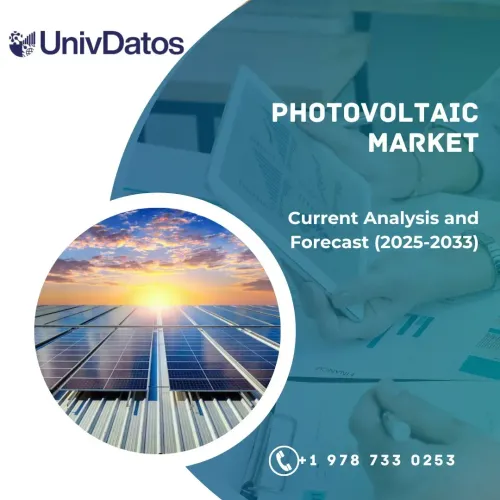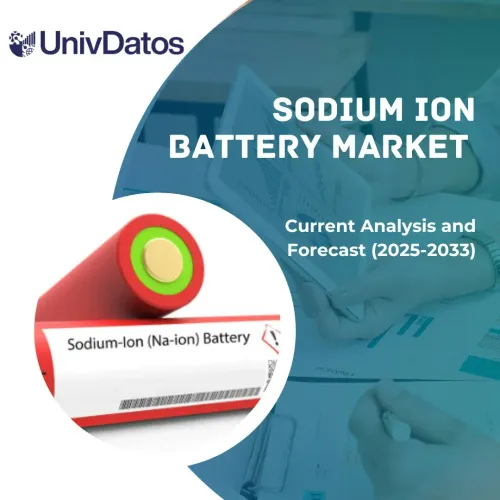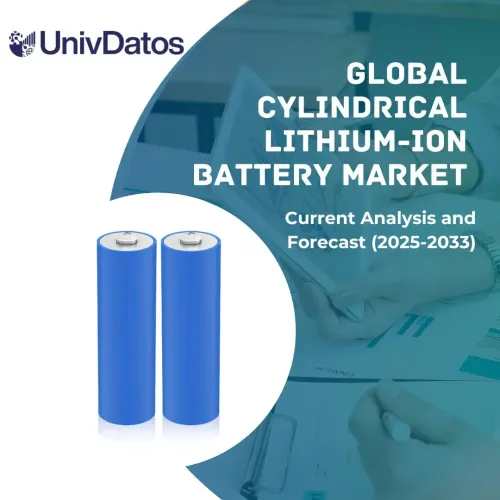Рынок кремниевых пластин для солнечных элементов: текущий анализ и прогноз (2023-2030)
Акцент на типе (кремниевая пластина монокристаллического кремния, поликристаллическая кремниевая пластина), конечном пользователе (жилой сектор, коммерческий сектор, промышленный сектор, коммунальный сектор); и регионе/стране

Глобальный рынок кремниевых пластин для солнечных элементовОбъем рынка оценивался в 7,74 млрд долларов США в 2022 году и, как ожидается, будет расти стабильными темпами около 9,7% в прогнозируемый период (2023-2030).Рынок кремниевых пластин для солнечных элементов в последние годы демонстрирует значительный рост, обусловленный ростом спроса на солнечную энергию и государственными инициативами по продвижению возобновляемых источников энергии. Кремниевая пластина для солнечных элементов является критическим компонентом солнечных панелей, и на рынке наблюдается значительное увеличение спроса на солнечные панели, поскольку мир переходит к возобновляемым источникам энергии. Такие факторы, как растущее использование солнечной энергии, государственные инициативы и политика по продвижению возобновляемых источников энергии, а также технологические достижения в производстве кремниевых пластин для солнечных элементов.
Например: В 2021 году REC Silicon ASA объявила об успешном завершении проекта стоимостью 225 миллионов долларов США по расширению производственных мощностей по производству солнечных пластин. Проект включал строительство нового предприятия в штате Вашингтон, которое, как ожидается, увеличит производственные мощности компании на 30%.
LONGi Green Energy Technology Co, Ltd, JinkoSolar Holding Co. ltd, GCL-Poly Energy Holdings Limited, Solargiga Energy Holdings Limited, Huantai Group, CETC Solar Energy Holdings Co., Ltd, Jiangxi LDK Solar High-Tech Co., Ltd., EPC Group, SOUZ Energy Group, NorSun AS. являются одними из ключевых игроков на рынке. Этими игроками было предпринято несколько слияний и поглощений, а также партнерств для предоставления клиентам высокотехнологичных и инновационных продуктов/технологий.
Сведения, представленные в отчете
«Среди типов, категория кремниевых пластин монокристаллического кремния покажет более высокий среднегодовой темп роста в течение прогнозируемого периода».
В зависимости от типа, рынок кремниевых пластин для солнечных элементов классифицируется на кремниевые пластины монокристаллического кремния и поликристаллические кремниевые пластины. Сегмент кремниевых пластин монокристаллического кремния занимает значительную долю рынка кремниевых пластин для солнечных элементов, в основном из-за их высокой эффективности и длительного срока службы. Кремниевые пластины монокристаллического кремния изготавливаются путем пропускания расплавленного кремния через шаблонную форму, которая создает структуру отдельного кристалла. Это приводит к получению высокочистой и эффективной солнечной ячейки, поэтому она широко используется в солнечной энергетике. С другой стороны, сегмент поликристаллических кремниевых пластин также быстро растет, в основном из-за более низкой стоимости по сравнению с кремниевыми пластинами монокристаллического кремния.
«Среди конечных пользователей, сегмент жилого сектора будет удерживать значительную долю рынка в 2020 году».
В зависимости от отрасли конечных пользователей, рынок кремниевых пластин для солнечных элементов сегментирован на жилой сектор, коммерческий сектор, промышленный сектор и коммунальный сектор. Отрасль конечных пользователей в жилом секторе занимает значительную долю рынка кремниевых пластин для солнечных элементов. Это связано с растущим использованием солнечной энергии для жилых целей, таких как энергоснабжение домов и обеспечение горячей водой. Кроме того, стоимость солнечных панелей за прошедшие годы снизилась, что делает их более доступными для домовладельцев, желающих установить солнечные системы.
«Азиатско-Тихоокеанский регион будет удерживать значительную долю рынка».
Государственная политика и нормативные акты, увеличение спроса на электроэнергию, технологические достижения и корпоративные обязательства — все это стимулирует использование кремниевых пластин для солнечных элементов в Азиатско-Тихоокеанском регионе. Правительства многих стран Азиатско-Тихоокеанского региона реализовали политику и нормативные акты, поощряющие использование возобновляемых источников энергии, включая солнечную энергию. Эта политика включает в себя тарифы на электроэнергию, налоговые льготы и субсидии, которые помогли снизить стоимость солнечной энергии и сделать ее более конкурентоспособной по сравнению с традиционными источниками энергии.
Кроме того, спрос на электроэнергию в Азиатско-Тихоокеанском регионе растет из-за роста населения и экономического развития. Это привело к повышенному интересу к возобновляемым источникам энергии, включая солнечную энергию, для удовлетворения этого спроса. Кроме того, стоимость солнечных технологий снижается на протяжении многих лет, что делает их более доступными. Разработка новых технологий, таких как двусторонние солнечные панели, также позволила получать больше электроэнергии от солнечных панелей.
Обзор отчета о рынке кремниевых пластин для солнечных элементов
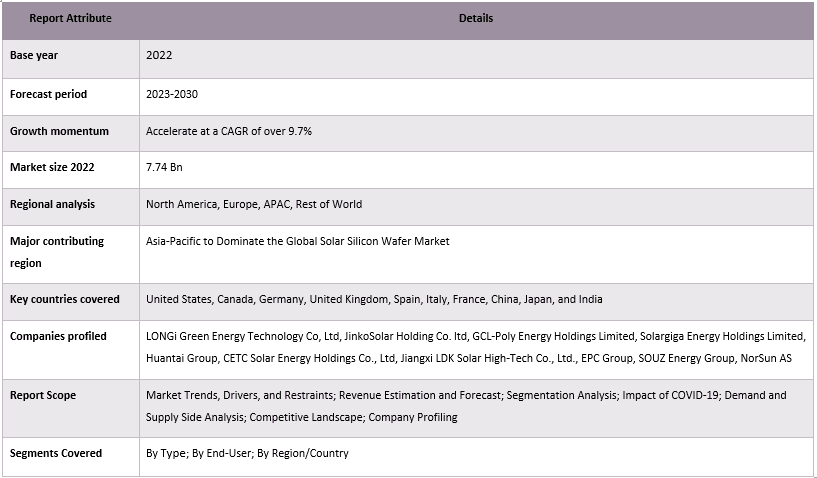
Причины для покупки этого отчета:
- Исследование включает оценку размера рынка и анализ прогнозирования, подтвержденные аутентифицированными ключевыми экспертами отрасли.
- Отчет представляет собой краткий обзор общей эффективности отрасли с первого взгляда.
- Отчет содержит углубленный анализ выдающихся отраслевых коллег с основным упором на ключевые финансовые показатели бизнеса, портфель продуктов, стратегии расширения и последние разработки.
- Подробное изучение движущих сил, ограничений, ключевых тенденций и возможностей, преобладающих в отрасли.
- Исследование всесторонне охватывает рынок по различным сегментам.
- Углубленный анализ отрасли на региональном уровне.
Параметры настройки:
Глобальный рынок кремниевых пластин для солнечных элементов может быть дополнительно настроен в соответствии с требованиями или любым другим сегментом рынка. Кроме того, UMI понимает, что у вас могут быть собственные бизнес-потребности, поэтому не стесняйтесь обращаться к нам, чтобы получить отчет, который полностью соответствует вашим требованиям.
Часто задаваемые вопросы (FAQ)
Содержание
Методология исследования для анализа рынка кремниевых пластин для солнечных элементов (2023-2030)
Анализ исторического рынка, оценка текущего рынка и прогнозирование будущего рынка глобального рынка кремниевых пластин для солнечных элементов были тремя основными шагами, предпринятыми для создания и анализа внедрения кремниевых пластин для солнечных элементов в основных регионах мира. Для сбора исторических данных о рынке и оценки текущего размера рынка были проведены исчерпывающие вторичные исследования. Во-вторых, для подтверждения этих данных были приняты во внимание многочисленные выводы и допущения. Кроме того, были проведены исчерпывающие первичные интервью с экспертами отрасли по всей цепочке создания стоимости глобального рынка кремниевых пластин для солнечных элементов. После предположения и проверки данных о рынке посредством первичных интервью мы применили восходящий/нисходящий подход к прогнозированию общего размера рынка. После этого были приняты методы разбивки рынка и триангуляции данных для оценки и анализа размера рынка сегментов и подсегментов отрасли. Подробная методология объясняется ниже:
Анализ размера исторического рынка
Шаг 1: Углубленное изучение вторичных источников:
Подробное вторичное исследование было проведено для получения исторического размера рынка кремниевых пластин для солнечных элементов через внутренние источники компании, такие какгодовые отчеты и финансовая отчетность, презентации о производительности, пресс-релизы и т. д.,и внешние источники, включаяжурналы, новости и статьи, правительственные публикации, публикации конкурентов, отраслевые отчеты, сторонние базы данных и другие авторитетные публикации.
Шаг 2: Сегментация рынка:
После получения исторического размера рынка кремниевых пластин для солнечных элементов мы провели детальный вторичный анализ для сбора исторических данных о рынке и долей для различных сегментов и подсегментов для основных регионов. Основные сегменты включены в отчет как тип и конечный пользователь. Далее были проведены анализы на уровне стран для оценки общего внедрения моделей тестирования в этом регионе.
Шаг 3: Факторный анализ:
После получения исторического размера рынка различных сегментов и подсегментов мы провели детальныйфакторный анализдля оценки текущего размера рынка кремниевых пластин для солнечных элементов. Далее мы провели факторный анализ с использованием зависимых и независимых переменных, таких как различные типы и конечные пользователи кремниевых пластин для солнечных элементов. Был проведен тщательный анализ сценариев спроса и предложения с учетом основных партнерств, слияний и поглощений, расширения бизнеса и запуска продуктов в секторе рынка кремниевых пластин для солнечных элементов по всему миру.
Оценка и прогноз текущего размера рынка
Оценка текущего размера рынка:Основываясь на практических данных, полученных на основе вышеуказанных 3 шагов, мы пришли к текущему размеру рынка, ключевым игрокам на глобальном рынке кремниевых пластин для солнечных элементов и долям рынка сегментов. Все необходимые доли в процентах, разбивки рынка были определены с использованием вышеупомянутого вторичного подхода и были проверены посредством первичных интервью.
Оценка и прогнозирование:Для оценки и прогноза рынка были назначены веса различным факторам, включая драйверы и тенденции, ограничения и возможности, доступные для заинтересованных сторон. После анализа этих факторов были применены соответствующие методы прогнозирования, т.е. восходящий/нисходящий подходы, для получения прогноза рынка на 2028 год для различных сегментов и подсегментов на основных мировых рынках. Методология исследования, принятая для оценки размера рынка, включает:
- Размер рынка отрасли с точки зрения выручки (USD) и уровень внедрения рынка кремниевых пластин для солнечных элементов на основных рынках внутри страны
- Все процентные доли, разбивки и детализации сегментов и подсегментов рынка
- Основные игроки на мировом рынке кремниевых пластин для солнечных элементов с точки зрения предлагаемой продукции. Кроме того, стратегии роста, принятые этими игроками для конкуренции на быстрорастущем рынке.
Проверка размера и доли рынка
Первичные исследования:Были проведены углубленные интервью с ключевыми лидерами мнений (KOL), включая руководителей высшего звена (CXO/VP, руководители по продажам, руководители по маркетингу, руководители по операциям, региональные руководители, руководители по странам и т. д.) во всех основных регионах. Затем результаты первичных исследований были обобщены и проведен статистический анализ для подтверждения заявленной гипотезы. Данные первичных исследований были консолидированы с результатами вторичных исследований, таким образом, превращая информацию в практические идеи.
Разбивка первичных участников по различным регионам
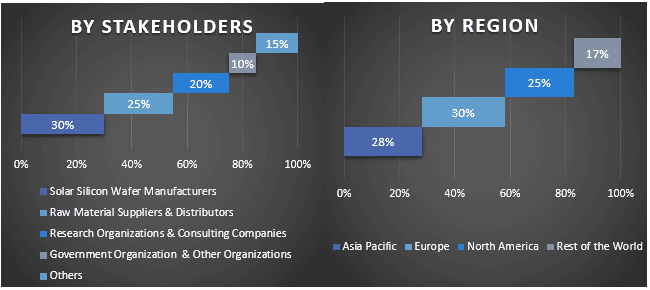
Инженерия рынка
Метод триангуляции данных был применен для завершения общей оценки рынка и получения точных статистических данных для каждого сегмента и подсегмента мирового рынка кремниевых пластин для солнечных элементов. Данные были разделены на несколько сегментов и подсегментов после изучения различных параметров и тенденций в областях типа и конечного пользователя на мировом рынке кремниевых пластин для солнечных элементов.
Основная цель исследования мирового рынка кремниевых пластин для солнечных элементов
В исследовании были определены текущие и будущие тенденции мирового рынка кремниевых пластин для солнечных элементов. Инвесторы могут получить стратегическую информацию для обоснования своих решений об инвестициях на основе качественного и количественного анализа, проведенного в исследовании. Текущие и будущие тенденции рынка определили общую привлекательность рынка на региональном уровне, предоставив платформу для участников отрасли для использования неиспользованного рынка, чтобы извлечь выгоду из преимущества первого хода. Другие количественные цели исследований включают:
- Проанализировать текущий и прогнозируемый размер рынка кремниевых пластин для солнечных элементов с точки зрения стоимости (USD). Также проанализировать текущий и прогнозируемый размер рынка различных сегментов и подсегментов.
- Сегменты в исследовании включают области типа и конечного пользователя.
- Определение и анализ нормативно-правовой базы для кремниевых пластин для солнечных элементов
- Анализ цепочки создания стоимости, связанной с присутствием различных посредников, а также анализ поведения клиентов и конкурентов в отрасли.
- Проанализировать текущий и прогнозируемый размер рынка кремниевых пластин для солнечных элементов для основных регионов.
- Основные страны регионов, изученных в отчете, включают Азиатско-Тихоокеанский регион, Европу, Северную Америку и остальной мир.
- Профили компаний на рынке кремниевых пластин для солнечных элементов и стратегии роста, принятые игроками рынка для поддержания устойчивости на быстрорастущем рынке.
- Углубленный анализ отрасли на региональном уровне
Часто задаваемые вопросы Часто задаваемые вопросы
В1: Каков текущий размер рынка и потенциал роста мирового рынка кремниевых пластин для солнечных элементов?
В2: Какие факторы способствуют росту мирового рынка кремниевых пластин для солнечных элементов?
В3: Какой сегмент имеет наибольшую долю мирового рынка кремниевых пластин для солнечных элементов по типу?
В4: Какие новые технологии и тенденции наблюдаются на мировом рынке кремниевых пластин для солнечных элементов?
В5: Какой регион будет доминировать на мировом рынке кремниевых пластин для солнечных элементов?
Связанные Отчеты
Клиенты, купившие этот товар, также купили

